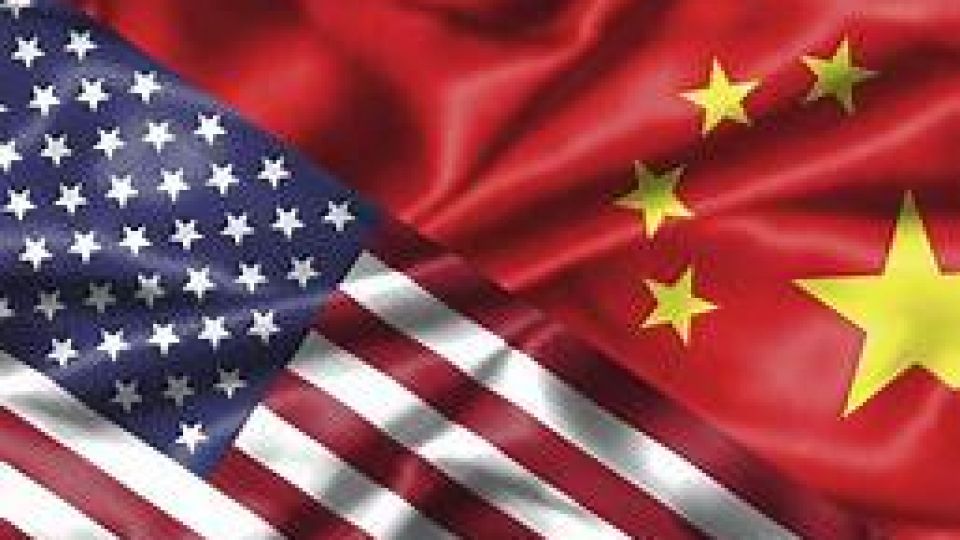October 9, 2019
The US has listed China as a strategic competitor and the Sino-US economic/trade conflict is a clear manifestation of this categorization.
Bidding farewell to 40 years of friendship, some in the United States want to replace cooperation with competition as the tone of Sino-US ties in future.
At present, with right-wing conservatism and nationalism peaking, the US has listed China as a strategic competitor, and the recent Sino-US economic and trade conflict is a clear manifestation of this accusation.
The US has adopted a flurry of radical and inappropriate policies and measures to counter China, exposing Washington’s short-term overanxiety. Whenever the US calms down, Beijing and Washington will return to seeking rational major power relations, but it will take time.
The US should not hold the unrealistic expectation that trade negotiations can resolve all major issues and concerns between the two countries. The current trade negotiations are the first ones opened under the threat of tariffs. The difficulty is unprecedented.
It is even more difficult to resolve anything in months if the negotiations cover issues like tariff and non-tariff barriers, investment and market access, agriculture and the service industry, intellectual property protection, technology transfer, exchange rates and enforcement mechanisms.
The US should not set an unrealistic negotiation schedule, which reflects its anxiousness and greed for success. It should recognize that it is impossible to find a complete solution to structural problems in the short term. It is also unrealistic to expect trade negotiations to resolve all major issues and concerns between the two countries.
The Sino-US economic and trade negotiations could head in one of three directions.
The first is the resumption of negotiations and conclusion of an agreement in the coming months, something the market expects. China and the US are complementary in terms of economy and trade. In fact, economic sectors of both countries as well as the global market expect a trade agreement acceptable to both sides to emerge in the near future.
However, this scenario will emerge only if the two countries truly respect each other and hold realistic targets. It is particularly crucial for the two sides to arrive at an agreement on the elimination of punitive tariffs and on implementation mechanisms.
In the second scenario, negotiations could lead to a stalemate. The negotiations could continue till next year. China and the US might require a long time to arrive at an agreement.
During this period, the US will maintain tariffs on US$250 billion worth of Chinese goods, and China will continue to implement countermeasures. The US is likely to impose tariffs on another US$300 billion worth of Chinese goods and crackdown on Chinese technology companies to maximize pressure.
The Chinese side will continue to maintain rational restraint, but the economies of both China and the US will suffer continuous damage, and the global economy will continue to face uncertainty.
In the third scenario, it might be difficult for China and the US to arrive at an economic and trade agreement approved by both sides. The US will continue to implement a hawkish policy and impose punitive tariffs on all Chinese goods. China will be forced to adopt comprehensive countermeasures.
In such a scenario, the Sino-US economic and trade conflict will not only undermine the economic growth of China and the US, but will also bring horrific damage to the global economy.
China must work hard toward the best situation, but at the same time it must prepare for the worst. In the past year, China responded rationally to unilateral actions by the US, taking countermeasures on the same scale. But it also actively sought dialogue, consultation and negotiation. The Chinese side also conveyed to the US that if it wants to fight, China will accompany it to the end.
China has the confidence to fight the US because it boasts an enormous manufacturing capacity and a large global market share and holds the interests of US companies in China as a bargaining chip.
Sino-US competition in the high-tech industry is normal market competition. But the US is trying in vain to combat the development of China’s high-tech industry by imposing higher tariffs.
On the one hand, China’s high-tech products are exported not only to the US market but also to the global market.
On the other hand, China’s high-tech industry development has its own unique development track and characteristics, and is supported by China’s comprehensive industrial system. In recent years, with the expansion of R&D investment from the government and enterprises, China’s overall innovation and R&D capabilities have been continuously enhanced.
The US trying to slow down the development of China’s high-tech industry with tariff policies can only stimulate China’s indigenous innovation capability and increase its efforts to expand the global market.
Economic globalization means that the global trade order and economic order are of paramount importance. China currently advocates maintaining the existing order and promoting World Trade Organization reform.
China, together with its global value chain partners, will jointly safeguard the multilateral trading system.


